Grado Labs is a family run business that operates out of Brooklyn, New York. Instead of mass-producing their headphones in Chinese factories like most headphones manufacturer do, they take pride in hand-making each of their Grado headphones.
The Grado SR80e is recommended by many as a great starter open-back headphones because of the price range and quality. There are many dazzled reviews on the internet and that got us curious. Not one to let a great budget headphone get past us, we made a trip down to our local “Headphone Cafe” – Zeppelin & Co to audition the headphones. Read on to find out more.
Difference between Grado SR80i and Grado SR80e?
SR80e is the third generation model of the SR80 while SR80i is the 2nd generation model. While Grado merely states that it’s an upgrade, they did not officially state the tech improvement. There is a review that mentions the SR80e is more laidback and have better bass. Do take it a with a pinch of salt.
Build Quality and Comfort
The Grado SR80e is an open-back, on-ear headphones with a unique design. The retro “80s headphones” design is the central theme around the Prestige Series which the Grado SR80e falls under.
The perfectly rounded ear-cups have large foam ear pads attached that extends beyond the plastic driver unit. The retro-ness is accentuated with the wire grill cover that allows you to see the drivers. The metal prongs that connect the faux-leather headband to ear cups gives the vibe of a vintage radio headset.
Foam ear pads
Foam ear pads are what I will usually find on office headsets used for telecommunication workers. It was surprising to see it on headphones. Granted, the foam is larger and thicker, thus, more comfortable. My gripe with these type of foam ear pads is that it can be easily torn. Any contact with a sharp object will send it ripping. There are complaints that the foam ear pads feel scratchy to some ears but I had no problem with it.
Luckily, Grado has made the ear pads replacement. You can get ear pads replacement from Grado themselves or third party manufacturers such as Geekria and Earzonk.
Cable
The rubber cable is thick and sturdy. It measures at 2m (7ft). You can see the tough strain relief at the straight jack. However, the weak points are at the Y-splitter. You can see that there were already pinching of the cables around the plastic casing of the Y-splitter.
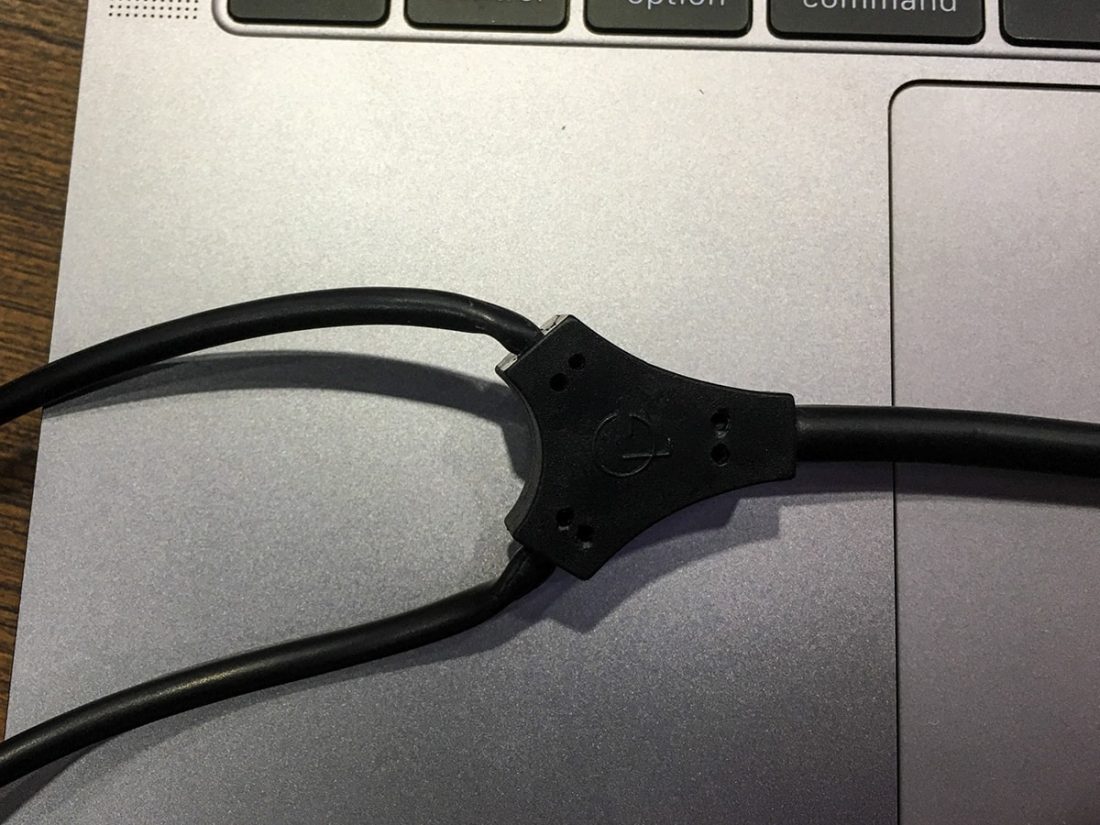
Overall, the Grado SR80e feels lightweight and is comfortable. It is not exactly portable despite the rotatable ear cups due to the long and thick cable. The fragile foam ear pads also make me feel unsafe to chug the headphones in my bag.
Before I put on the headphones, I thought it will feel flimsy because of the on-ear fit. However, the headphones did a good job of staying put and it cradled my ear well.
Noise isolation & Sound Leakage
As an open-back headphones, this section should not come as a surprise to you. The SR80e leaks sound like a damaged tap. Any article which mentions that you can probably get away with it in an office is straight up lying.
The passive noise isolation is non-existent. Picking a right ambiance settings for your music will be important for the SR80e.
Sound Quality
Lows
Despite what most reviews mentioned, the mid-bass’s punch is weak. Songs like Bassline Riddim demonstrate a tight bass but the weight is lacking. On the lower range of the bass, I don’t really feel the cello presentation in Taska Black – Leave Me as well as other headphones like the AKG K92.
Mids
Despite the mid-range being exclaimed as the pride of the Grado’s headphones, I was somewhat disappointed with the lower mids. It doesn’t extend as deeply as I wish it would. The upper mids was good but nothing as satisfying as a closed-back headphones can bring me.
Highs
This is where the SR80e really shines. In House Work, you can hear the treble sparkle and it comes off really clean. I tried out the tricky electronic violin distortion segment from Rude by Daniel Jang and it came off really amazing. You can still hear the energy of it without having it muffled or graininess.
Did I enjoy my music on it?
Classical songs sounded really great on the SR80e. Songs with strong vocal presence like Rap and Pop did good but EDM less so because of the weak bass punch.
It did well for complex songs like Help by Borgore and Dreams by Adventure Club. The sound separation between layers is good. In fact, dynamic songs without bass sounded really damn good on the SR80e. Listening to Creep, I could distinctly hear the guitar and the male vocals shining through the headphones.
The sound signature is neutral without any frequency being more pronounced or emphasized.
Technical Specifications
- Transducer Type: Dynamic Drivers
- Operating Principle: Open Air
- Frequency Response: 20 – 20,000 Hz
- SPL 1mW: 99.8 dB
- Nominal Impedance: 32 ohms
The SR80e can be driven effectively to a loudness of 110 DBSPL (rock level concert) with any mobile devices.
Find out more: Headphone Power Calculator
Conclusion
Overall, the Grado SR80e did decently for me. At sub $100, this pair of open-back headphones allows first-timers to try out something different without breaking the bank.
If you are a fan of EDM or bass-heavy songs, you will do better elsewhere coz the Grado SR80e will not give you the punch that you desire.
However, the headphones did very well for songs that are dynamic and complex and you are in for a treat if your playlist is full of those songs.
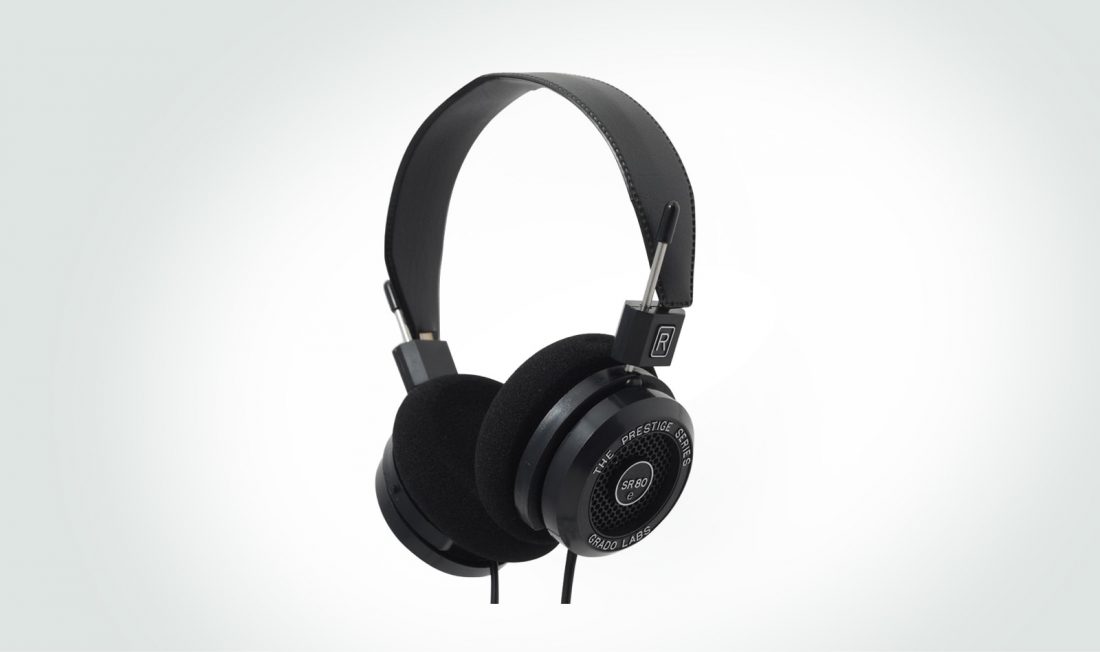
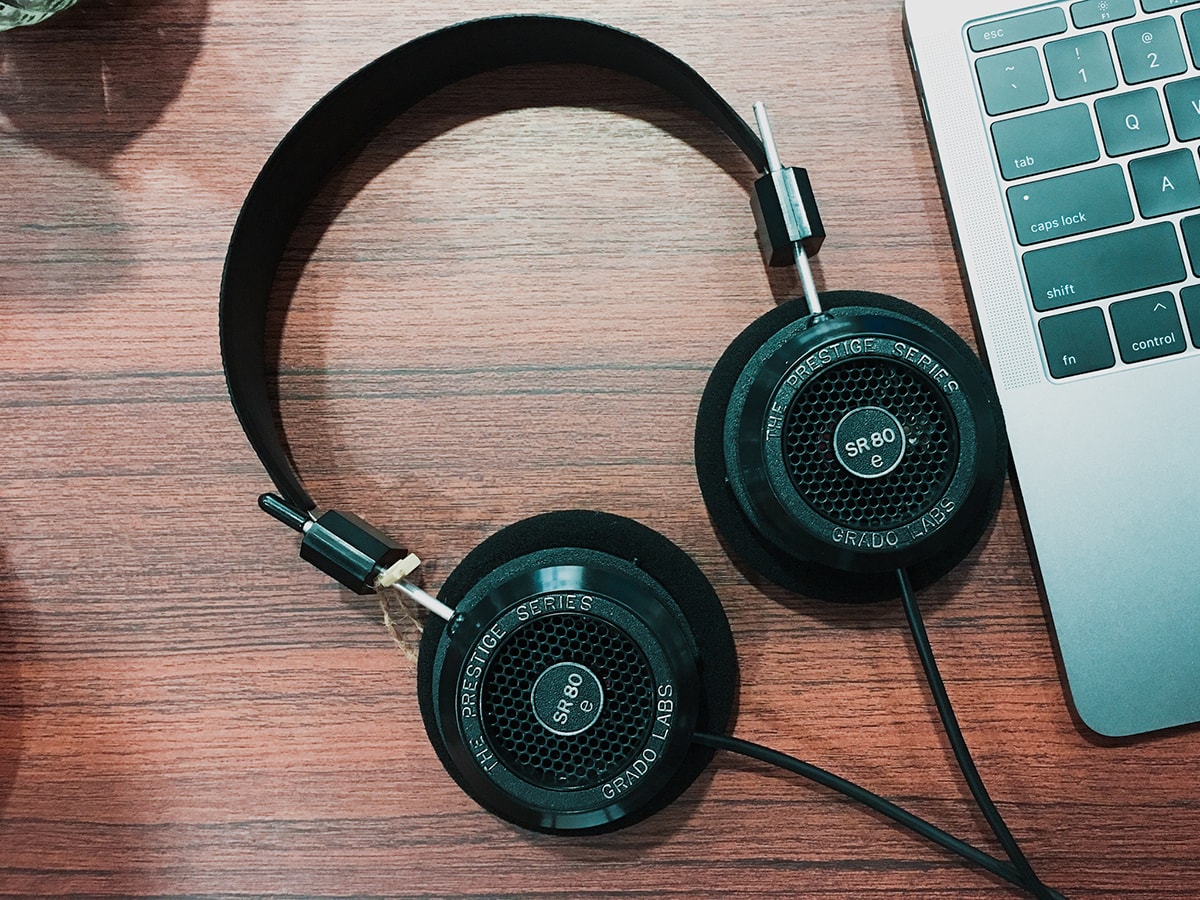
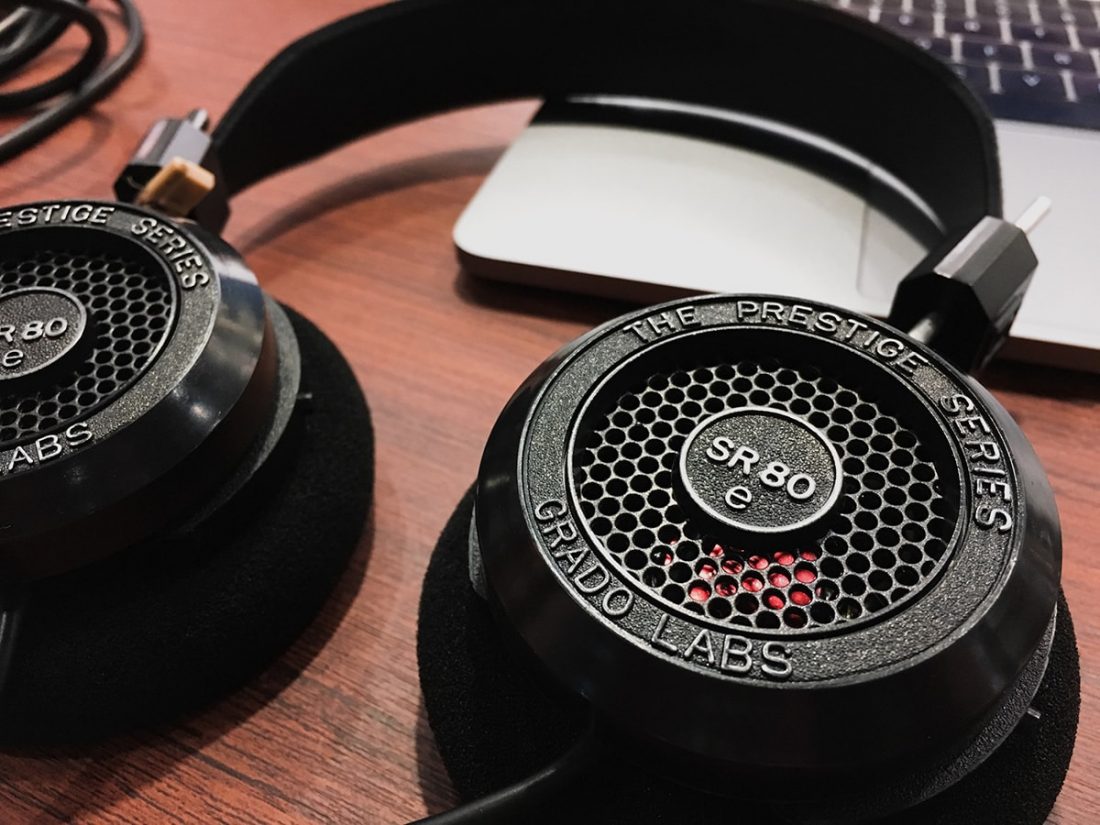
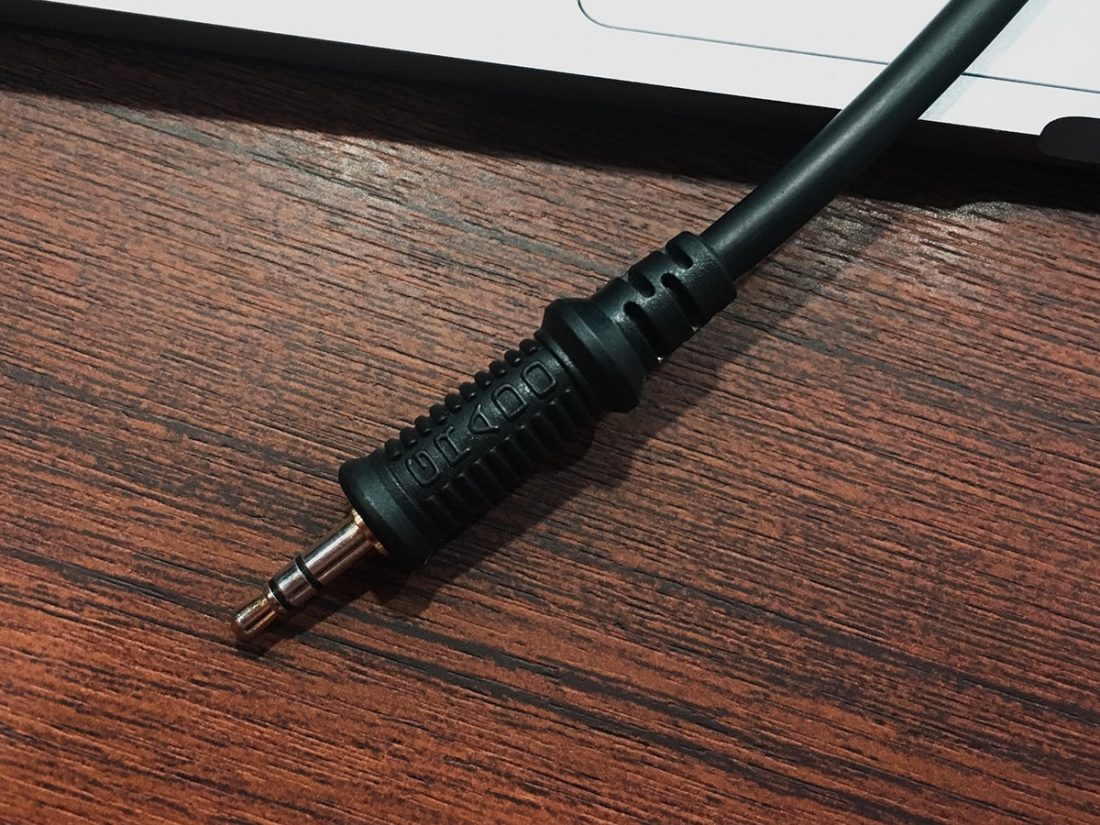
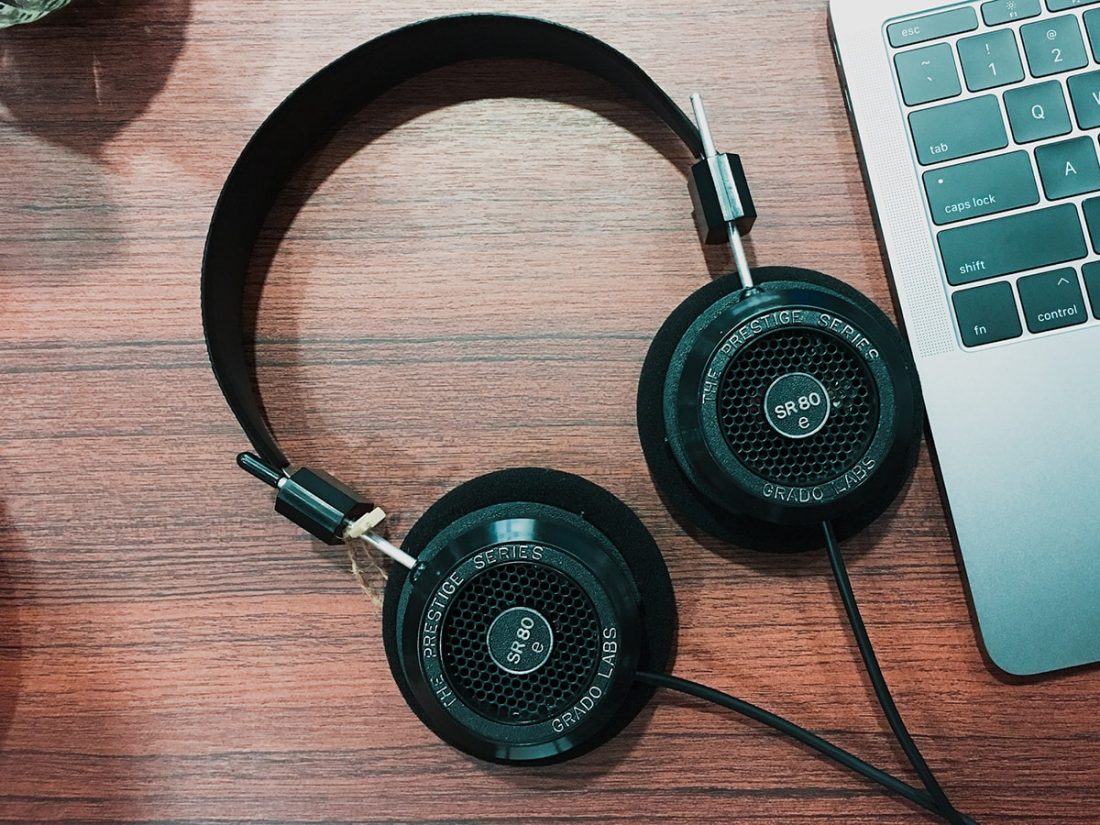
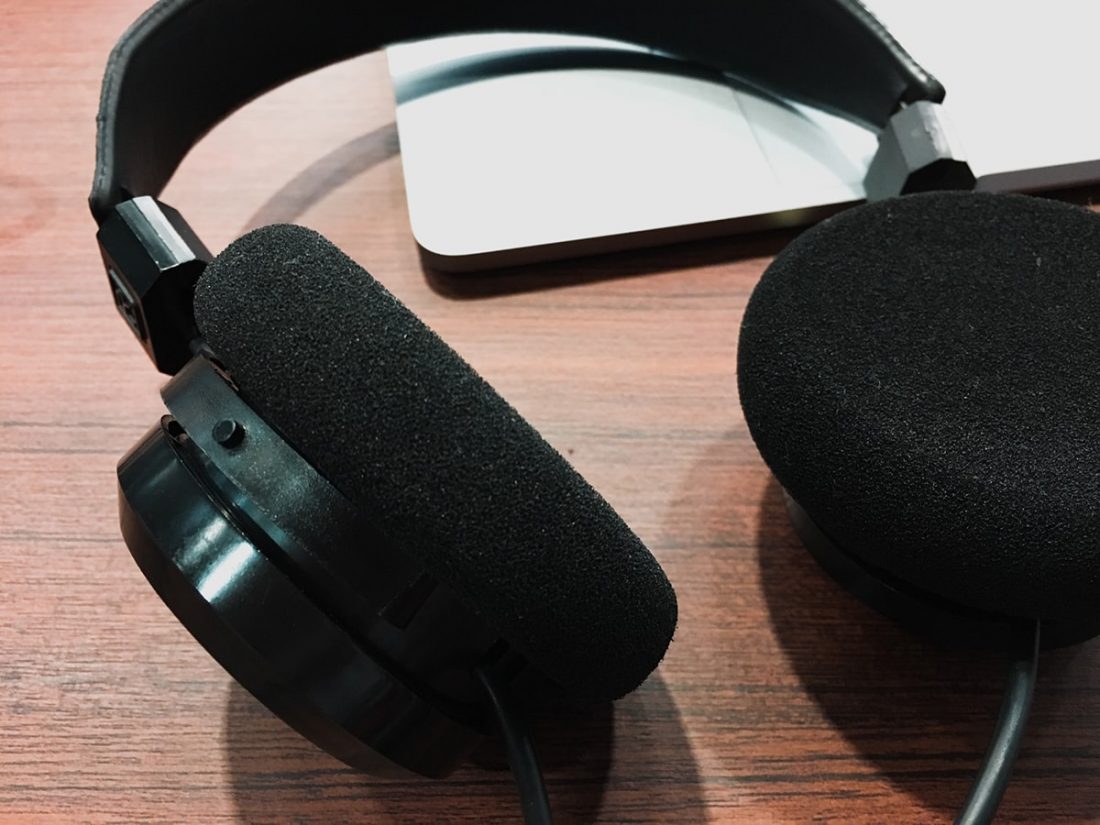
“coz”?
You can click through the links to find out more about the current price. They should range around from $80 – $100.
I just bought a pair a week ago and I agree with what you’ve written 100%.
I tried the grado 60i or 60e, and have never been so disappointed in my life. The overall sound was muffled and the lows were boosted to the point that they were an insult, so I kept my SR60’s I bought 12 years ago and am as happy as I was the first day. I don’t think one can improve on the sr60 so I contacted the MFG. and they didn’t understand that the original Papa Grado knew what he was doing and the new inheritors of the Co. are clueless. Just another case of buyer beware of any thing “New and Improved” you’ll usually end up with garbage.
I have owned a pair of these headphones for a few months and vacillated a bit on my opinion of them until I now am very pleased with them even though they are not perfect. They have a very lively and engaging sound without artificially boosting any frequency range. I love good quality bass and find the bass response to be quite tight and accurate without interfering with other frequencies. The mids are just a bit too forward sounding at times (depending on the source material) — though with most of the material to which I listen the mids sound quite good. The sometimes overly-forward sound seems to smooth out after a few weeks of use. Highs are natural and not rolled off at the top — quite enjoyable. These cans do not need a headphones amp, especially if one is using them with the headphones output of a receiver or amplifier. I recently had an opportunity to compare these headphones to the Sennheiser HD 599’s (that cost roughly twice as much) and the Grados sounded clearly better to me. The Sennheisers were too dark-sounding and not nearly as lively as the Grados. The Grado SR80e headphones are acceptably comfortable, though this is clearly not their strong point. Their strength is sound quality and that is my priority. There are certainly better headphones available but for under $100, I think these are a great choice.
The review was spot on my opinion, but if someone that actually tried any of the Grades and liked them but thought they sound a little too thin, try a tube amp as my so-called audiophile friends always point out if the budget allows. If you don’t like the darker sounding headphones and wish to avoid headphones that sound lively, but lacks low end fullness, check out the Philips Fidelio X2HR for about $100. This headphone has been giving Sennheiser, Beyerdynamic, and Grado hell since they were introduced to the market.
Grado 80e’s do have good bass response , but they need some hours to get there. My pair of Grado 80e have about 40 hours on them, bass didn’t start coming around until about 30 hours of use. I feel they are still breaking in. This break in includes playing bass heavy music at moderate level for a few hours at a time , without me listening to the headphones.
I am really impressed with these headphones, they sound great and non fatiguing at moderate volume. They take a while to break in, as with any quality audio equipment.
I’ve purchased the SR80e and the SR80x and both failed in less than a year. Poor engineering when you consider that neither headphone lasted more than a year before having a driver fail.